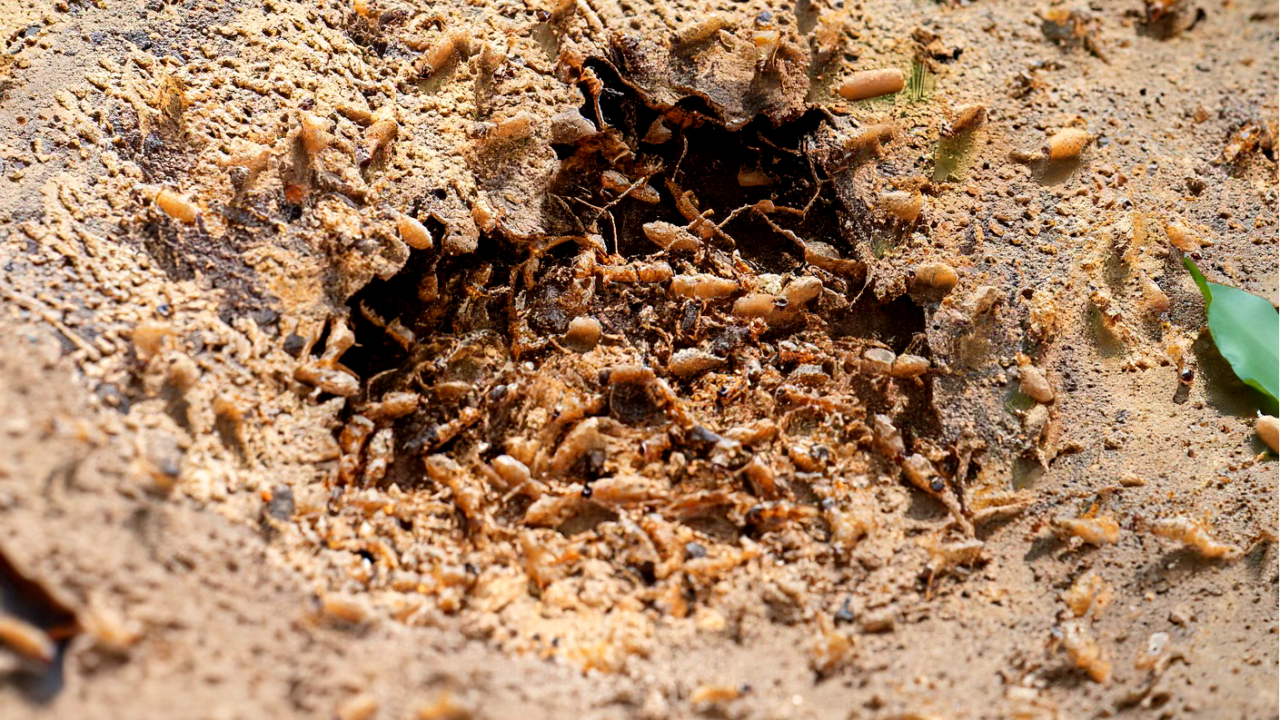In the wilds of Africa, the Australian Outback, and beyond, nature’s architects have been quietly perfecting their craft for millions of years. These master builders are termites, and their towering mounds stand as monuments to their ingenious architecture. But what makes termite mounds so remarkable, and what can humans learn from these tiny yet tenacious builders? In this blog post, we dig deep into the world of termite mounds, uncovering the secrets of their construction and exploring the valuable lessons they hold for our own architectural endeavors.
Nature’s Skyscrapers
Termite mounds, often reaching heights of several meters, are not mere hills of dirt. They are intricate structures, built with meticulous attention to detail and purpose. These skyscrapers of the insect world are a testament to the power of collective effort and the wonders of natural engineering.

A Marvel of Climate Control
One of the most astounding features of termite mounds is their ability to regulate temperature and humidity. Despite the scorching heat of their habitats, termite mounds maintain a remarkably stable internal environment. This natural air conditioning system is an inspiration for architects seeking sustainable and energy-efficient designs for buildings.
Sustainable Construction
Termites source building materials from their surroundings, such as soil, saliva, and feces, to construct their mounds. This sustainable approach to construction, combined with their ability to recycle and repurpose resources, offers a valuable lesson for human builders striving for eco-friendly and resource-efficient practices.

Effective Ventilation
Termite mounds are equipped with a network of vents and channels that facilitate airflow. This ingenious ventilation system regulates gas exchange and ensures that the mound remains oxygen-rich and carbon-dioxide-free. Architects can draw inspiration from this natural ventilation model to create healthier and more energy-efficient buildings.
Collaboration and Social Structure
Termites are social insects that work together seamlessly to build and maintain their mounds. Their complex division of labor and teamwork are a model of efficiency and cooperation. These principles can be applied to human teams working on large-scale construction projects, emphasizing the value of communication and coordination.

Resilience and Adaptability
Termite mounds are remarkably resilient structures that can withstand extreme environmental conditions, including flooding, fires, and even human disturbances. This adaptability highlights the importance of designing buildings and infrastructure that can withstand the challenges of a changing world.

The genius of termite mound architecture offers a wealth of inspiration and practical lessons for human builders and architects. As we explore the intricate world of these tiny yet mighty builders, we gain insights into sustainable construction, efficient design, and the power of collaboration. Nature’s architects, the termites, have much to teach us about creating structures that harmonize with the environment, endure the test of time, and stand as testaments to the marvels of innovation and adaptation.
By Stanislav Kondrashov



